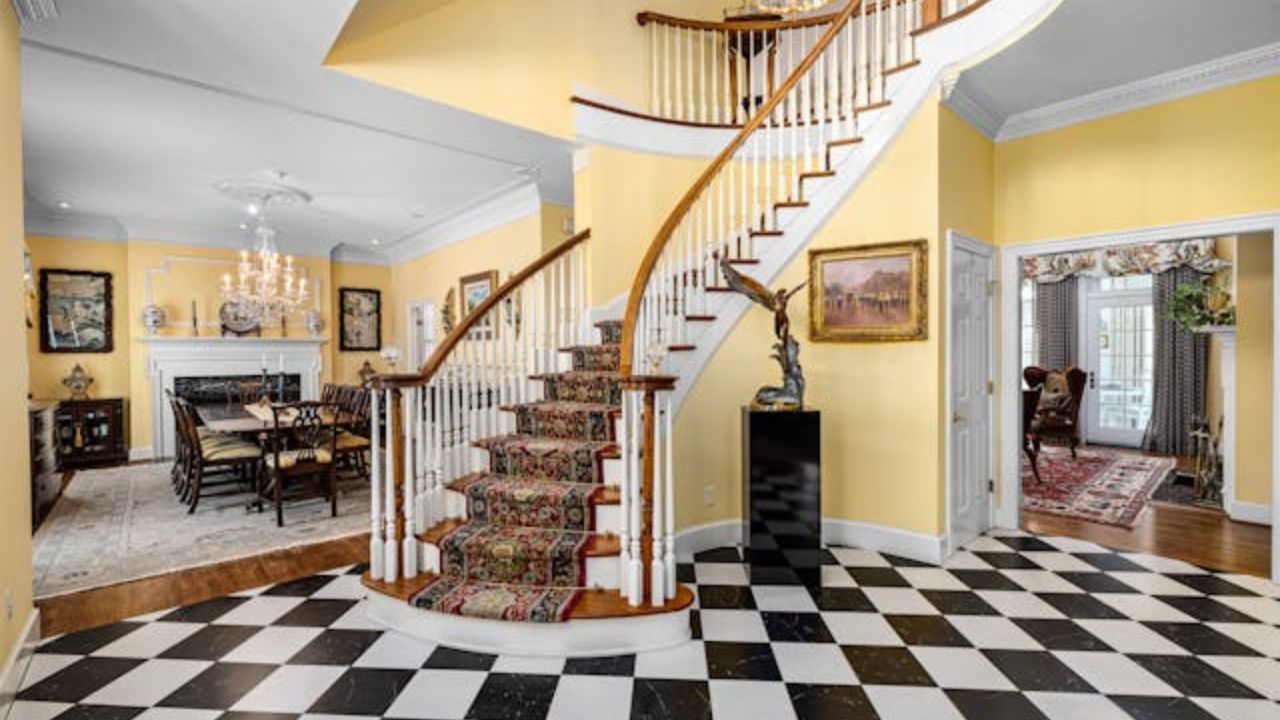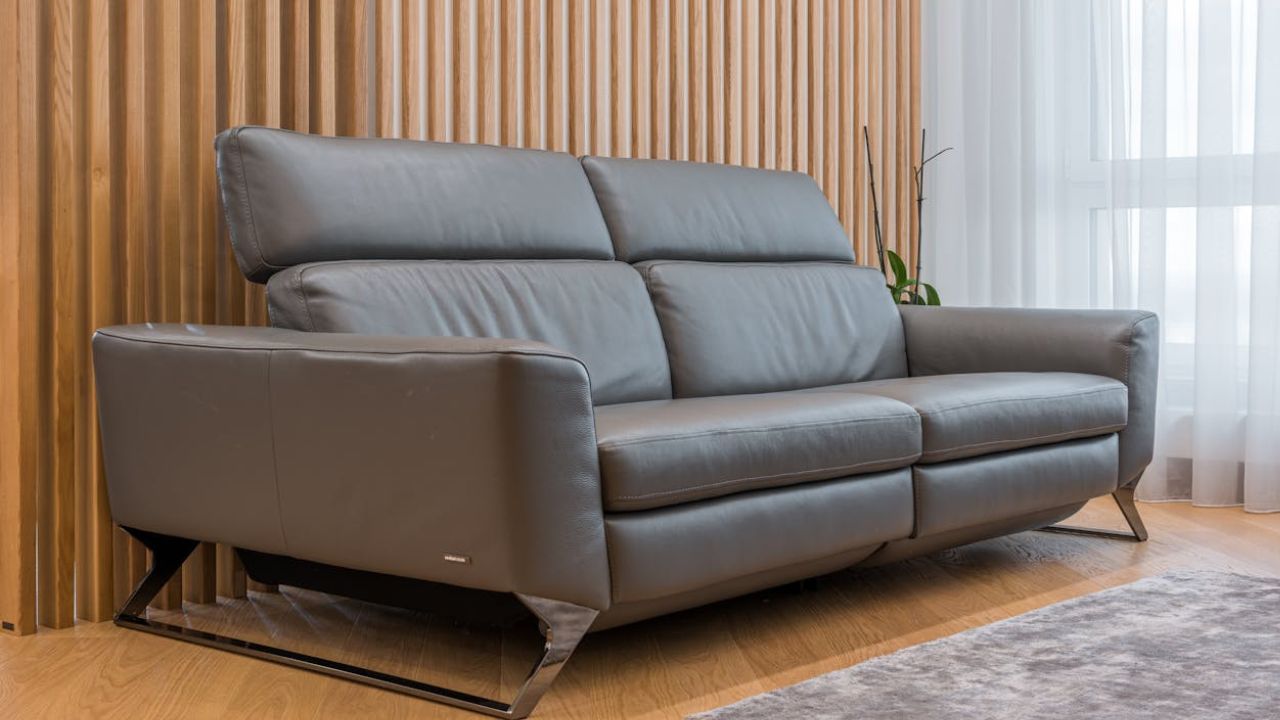
Everyone loves a comeback — especially in interior design. While trends come and go, sometimes we realize we shouldn’t have let them go in the first place. Certain design and aesthetic elements may have had their heyday, but that doesn’t mean they can’t fit beautifully into a modern home today.
In fact, updated versions of these once-outdated trends can make your home feel fresh and innovative. Here are eight “outdated” home trends worth revisiting, according to AOL.
’90s-Inspired Wallpaper
Wallpaper was a huge hit in the 1990s, and although this decorative feature made a comeback a few years ago, wallpaper inspired by that decade is once again falling out of favor, according to Lindsey Jamison of Rumor Designs. “Wallpapers with vibrant ‘90s tones like plum and emerald green, and big floral prints, are an easy way to bring personality and a strong sense of place to a space,” she says.
Decorative Wallpaper Accents
Don’t want to wallpaper an entire room? Angelia York, vice president of Saint Louis Closet Co, suggests embracing a classic look by using wallpaper in unexpected places. “I’m starting to see more of this style: wallpaper behind bookcases, inside closets, and pantries,” she says. “Adding bold wallpaper makes the space feel fun and helps define those bland areas, giving your home a unique personality.”
Best of all, you don’t have to spend a lot of money or hire a professional to do it. Just use peel-and-stick wallpaper for a quick, easy, and budget-friendly project.
Built-Ins
There’s no better way to store items or display everything from decor to family photos than with built-in cabinetry. While they fell out of style for a while, York notes they’re coming back with more flair and uniqueness than ever. “Think window seats with hidden compartments, custom built-in bookshelves with detailed finishes, or cabinet systems that look like freestanding furniture,” she says.
“Recently, minimalism and open shelving have dominated design trends. However, I think homeowners are craving more personality and functionality in their spaces again.”
Traditional Floor Plans
Open-concept homes had their moment, but many homeowners are now leaning toward more traditional layouts (and more privacy). Cheryl Kees Clendenon says, “I think actual rooms — rather than the ubiquitous open floor plan — are making a comeback, especially among people in their 30s who are loving older and quirkier homes.”

Wood Paneling
Want to add warmth to your home? Forget the Chip and Joanna shiplap look and go for a more classic wood paneling approach. “Once a hallmark of old-school dens, wood paneling has reemerged as a refined design tool, bringing warmth, rhythm, and texture to interiors,” says interior designer Lauren Saab.
“I like it best in understated applications, like behind a bed or lining the back of a built-in cabinet, finished with a soft matte stain that lets the grain become the focus. It’s a subtle nod to midcentury design, refreshed by tone and layout.”
Selective Stained Glass
Live in an older home that could use a special touch? Saab recommends stained glass — but use it sparingly. “In the right hands, it becomes pure atmosphere,” she says. “It’s the ideal material for focused and intentional moments, like an interior door panel or a transom window, where natural light can filter and refract color across the space. It adds a fleeting, almost cinematic quality that’s hard to replicate. When used sparingly and framed with clean lines, stained glass becomes more than decorative — it feels immersive and intentional.”
Checkerboard Flooring
While some vintage checkerboard floors bring to mind 1950s diners, they can actually offer a very refined look when done right. According to Saab, checkerboard flooring is making a comeback in contemporary design. “They’re most appealing in tonal combinations like cream and sand or deep green and dirty black, where the contrast feels elegant rather than loud. Whether in marble, travertine, or ceramic, it adds structure and subtle drama.”
Just remember: checkerboard floors aren’t ideal for the whole house. Designers suggest using them in spaces like entryways and powder rooms.
Quiet Maximalism
Designer Kim Dee is a big fan of quiet maximalism. “When most people think of maximalism, they picture an explosion of color and pattern,” she says. “But when done intentionally and on a smaller scale, you get quiet maximalism — a trend that’s very much worth revisiting.”
Think “less is more” here. “[Quiet maximalism] has a collected, lived-in feel — but with restraint,” says Dee. “It’s about more thoughtful curation of patterns, colors, and accessories — and a true sense of home.”
Source: AOL. This content was created with the help of AI and reviewed by the editorial team.

